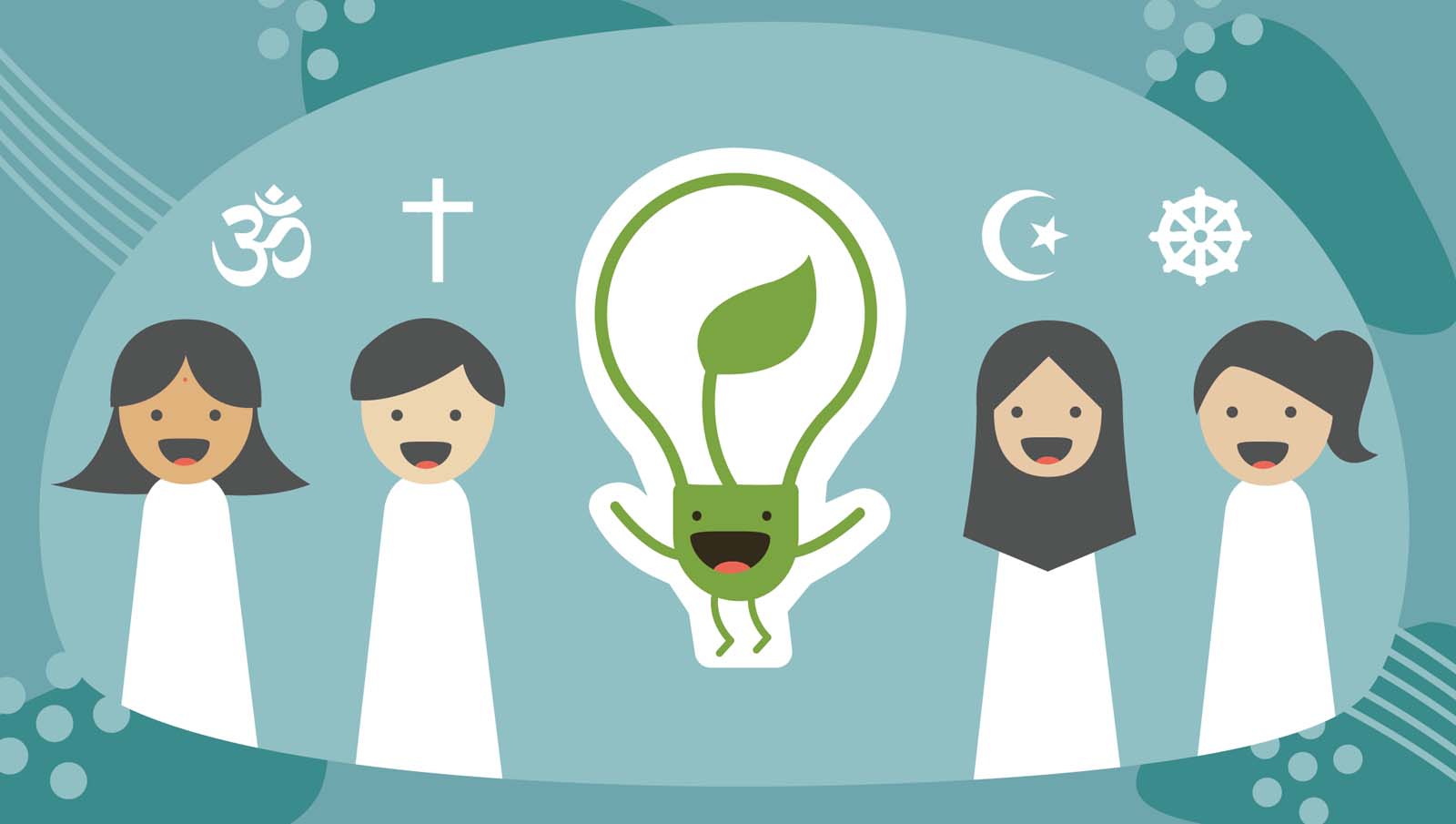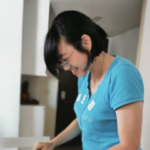TLDR: Are we truly a rainbow of a thousand colours, lighting up the sky? With Singapore’s myriad of diverse identities, we can receive its cultural melting pot with kindness and an open heart. Reflecting on two vignettes, we refresh commonality and connect uncharted dots between faiths.
Take a spin around your neighbourhood or a stroll down Central District this weekend.
How many different places of worship can you find along the way? And when was the last time you stepped into another, other than your own?
It is likely that the number nor the lack of visit will surprise you. Have you ever wonder why do they not?
Greater than the Sum of its Parts
I pondered on how parts of the world fit snuggly into modern Singapore, partly implemented via intentional planning of her policy makers and partly developed through her history of immigrants.
The feat that so many chapalang people, cultures, identities and faiths can co-exist within the limits of this space calls for a cake. As we learn of various national conflicts arising from differences, the ‘peace’ we share in Singapore may just be good enough.
When I say ‘co-exist’, I talk about awareness and at best, acceptance of diversity, differences and conglomeration. Let’s face it, relating harmoniously with everyone or anyone we encounter is no rosy picture. Humans have likes and dislikes.
It is natural to agree and disagree; to identify and cluster, what more to differentiate and – god forbid – discriminate. Yet, how often do we understand each other?
If my belief is right, the hodgepodge of cultures, races and religions goes way back beyond when Sang Nila Utama first stood on this island. Thanks to the 2019 Bicentennial efforts, we now acknowledge Singapore’s history to stretch over 700 years and longer.
To co-exist with such intense diversity in a cramped space for that long, this morphing society has learnt to draw upon individuals’ virtues and their conscious efforts to overcome inherent human cognitive biases.
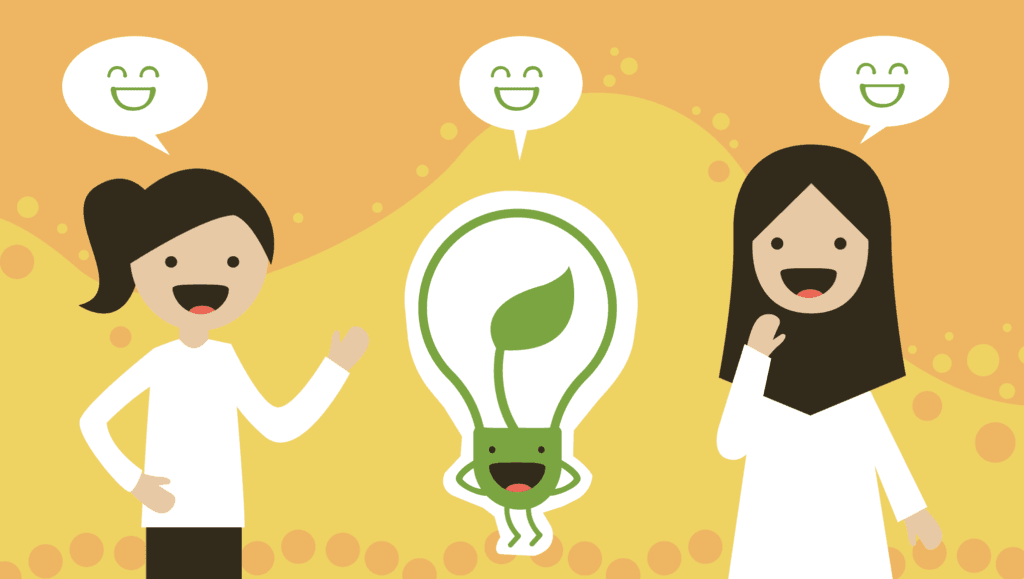
Psychology of Goodwill towards “Different” People
Think about that one time when you felt uncomfortable or emotional in an encounter with someone outside your usual community in Singapore. What immediate perceptions did you form about this particular person and his/her/their community?
What decisions did you make about future interactions with this person/community during and after this encounter?
It takes open hearts, basic kindness and willingness to communicate and understand that someone of a different race/faith/culture does not pose a threat to what or who we identify with. It takes courage and patience to say:
“Hey, I don’t know you well enough. Help me see what’s going on for you,” or;
“Let me put aside my tightly-held conceit to appreciate who you are and what stories you live”.
Sometimes, we latch onto our views so strongly that we forget how it is like to be open to other perspectives or to not have any views at all. When we hold onto our version of reality as more important or deny others’ realities, the aversion and hurt ensuing from our attachment are poisons that we choose not to see.
Only when we rightly acknowledge and accept the multitude of truths held by different communities as their ways of life, will we have a more generous heart to learn and adopt inspiration from each other. Then, perhaps, we can love our neighbours as ourselves.
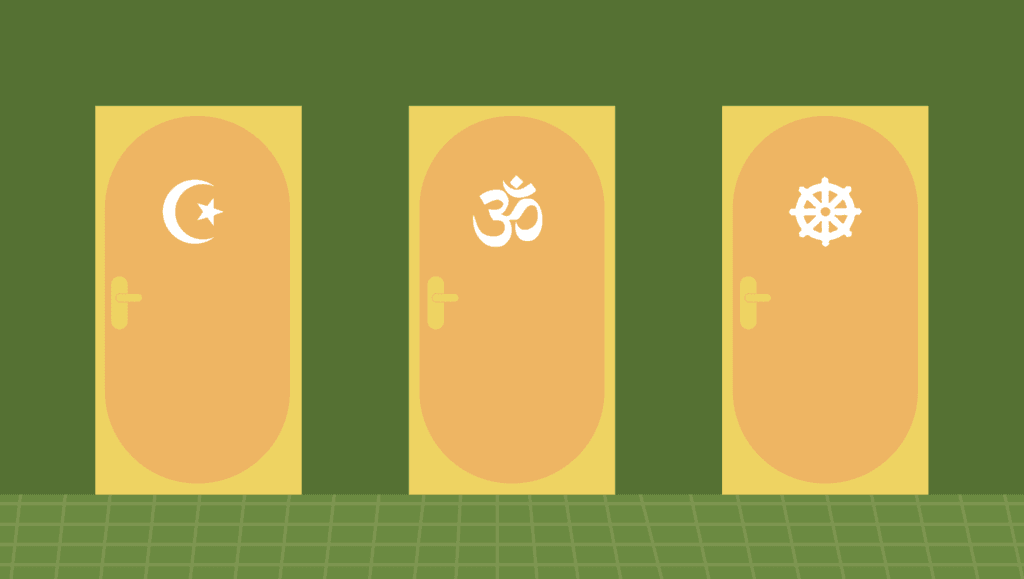
Honest Encounters with Various Faiths
The rest of my writing contains two vignettes of my local encounters with various faiths, as a late millennial female, straight Hokkien-Teochew Chinese, Theravadin Buddhist, who lives in a HDB flat and works in the construction industry.
The slew of labels is not necessary but what do you see? Look at the portrait you can construct using those stereotypes.
How many different intersections of faith, race, culture and identity can you imagine I have (not) crossed? What lessons will you uncover?
1. Bells
“Ting – ling ling ling ling ling ling ling ling ling ling ling ling ling ling ling…”
A continuous ringing of a bell shrills through the entire HDB flat at around 8am and 5 pm daily.
When I first heard it, it was the last thing I wanted to hear amid my activities. I complained to my mother. She explained, “It’s part of the Hindu prayer lah girl,” “Not peaceful leh?” The disgruntling echoed after each ring in my mind.
One evening, the ringing pierced through my body when I had a pounding headache from the foggy consciousness caused by drowsy antidepressants.
The bell rang with such vigour that I could picture the faithful hand that shook it so earnestly. I wanted to be annoyed but there was no strength to resist the daggers of sounds.
If I can’t run away, why don’t I accept it? I embraced the ringing with my awareness. The heart shifted.
Each ring sent my mind right back to the present moment. Each ring lifted me one inch out of that terribly dull drowsiness. As the last ‘ling’ landed in the air like a finale, the headache dissipated with a ripple. Since then, the ringing became a familiar soundscape at home, no longer a frustrating auditory contact.
On National Day, the bell rang again, as if to alert me that I have yet to fulfil my learning of this Hindu ritual. Seizing the opportunity to understand better, Google affirmed that I was not the only one hearing “bells ringing at home”.
It turns out that ringing the bell (or Ghanti) is part of the Hindu puja offering, where the worshipper announces his/her arrival to the Hindu deity worshipped.
Dear Lord, I am here. Please bear witness to my presence.
One offers his/her presence to greet and honour transcendence. This meaning of presence flows very much like the kangse meditation bell: a reminder to recollect the moment and to stay with one’s awareness that is larger than self.
Well, how could I forget that bells are also used in Taoist, Buddhist and Christian traditions? That they come in all shapes, sizes, tones, pitches and manners of ringing?
“Ting – ling ling ling —-” Here and now. Here and now.
2. Cleaning Ourselves
During the Ramadan of 2019, I was invited to participate in breaking fast with migrant workers at Masjid Yusof Ishak Mosque. As part of the interfaith circle’s initiative to promote appreciation of Muslim practices, youths from different faiths observed the evening Muslim prayer and joined in the mass breaking fast.
A scent of communal dedication to Islam hung in the air throughout the entire evening. What stuck with me was this particular quote outside the common toilets:
“Cleanliness is half of the Faith.”
In my mind, I drew an immediate parallel to Upaḍḍha Sutta, where Venerable Ānanda asked the Buddha if having admirable friendship is half of the holy life. If admirable friendship is the whole of holy life and cleanliness is half of the Faith (Imaan), then how much weight does the latter hold in a Muslim’s life?
Following the teachings of the Quran, Muslims cleanse their faces, heads, hands (forearm up to the elbow) and feet (up to ankle) to prepare for their prayers.
This ritual washing purifies the body of the filth before Muslims convene with God as
“Truly, God loves those who turn unto Him in repentance and loves those who purify themselves.”
Quran 2:222
Body purification and spiritual purification are both crucial in the Islamic Faith. Being pure brings one closer to God.
The principle of keeping up cleanliness is also prominent in Theravada Buddhism: monks wash their feet after walking their alms round barefooted; tidy and clean living quarters reflect the practitioners’ clear states of mind.
Often, the metaphor of cleaning a dirty and cluttered room is used in Thai Forest teachings for the practice of meditation and mental cultivation: what used to be a pure mind was tainted by unwholesome qualities or defilements (kilesa) since the beginningless time.
The way to liberate the heart is to clean out the defilements through the patient and consistent practice of the Noble Eightfold Path.
Essentially, we practitioners are cleaners scrubbing out stubborn stains with our tools and cleaning solutions. More importantly, the room does not belong to us. After cleaning it up, we can appreciate it as a pleasant abiding, close the door and leave.
But first, we have to recognise that the room is indeed dirty from our self-centred activities and that we want to clean it. Then, we go about learning how to clean and then actually doing so.
Some folks are okay living in a dirty room because they are unaware of what a clean room feels like. Think about an elderly who hoards compulsively and fills up his flat with precious things that ultimately breed dust.
The ways of the world can be distressing because so much clutter and filth get into our mind-rooms, through our own ignorant volition and through unfiltered acceptance of external influences.
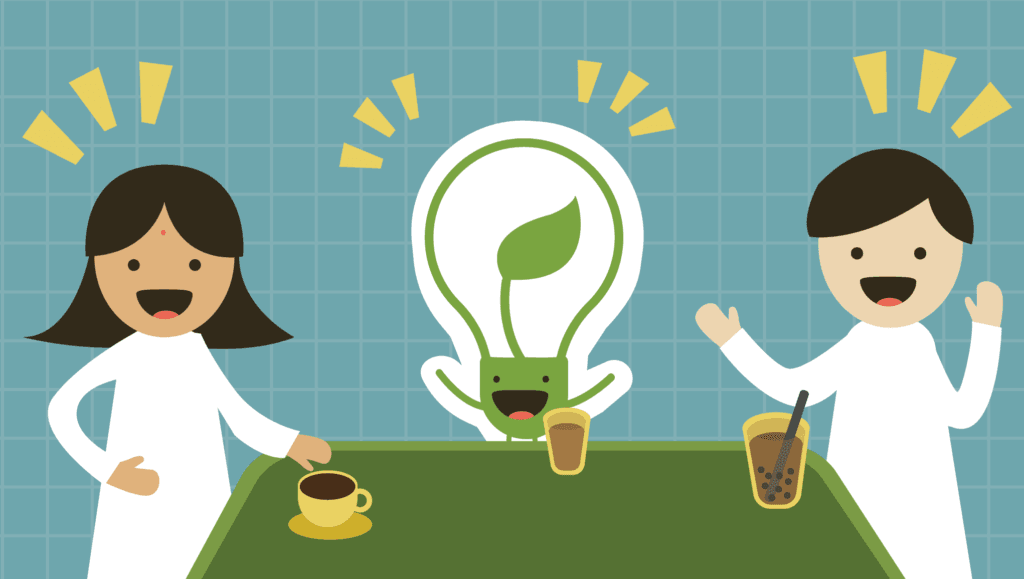
We definitely deserve better.
I find the following verse from the Bible resonates with the Buddhist practice so saliently:
“Above all else, guard your heart, for everything you do flows from it.”
Proverbs 4:23
If the heart is filled with impurities, then what comes out of the heart is hazardous to others. Likewise, if the heart is imbued with unconditional love and kindness, goodness permeates in our interactions.
Regardless of who we meet in our “living-room” (be they religious figures like Lord Vishnu, God, Jesus Christ, Guan Yin, the Buddha or our family, friends, fellow Singaporeans, foreign talents, migrant workers etc.), I hope that we maintain as hospitable, self-respecting hosts to welcome and honour the guests’ presence in a clean and fresh space.
Perhaps, that hospitality may just be why Singapore tries to be as clean as it can.
Wise Steps:
- In a world of turmoil and confusion, recollect on the goodness of the place you live in. Gratitude can light up your heart.
- Share with your friends and co-workers from other faiths your similarities and differences. There are many lessons out there for us to learn amongst other faiths when we are open.
- Reflect on your ‘living-room’. Where have you done well in keeping clean? Where needs cleaning?

